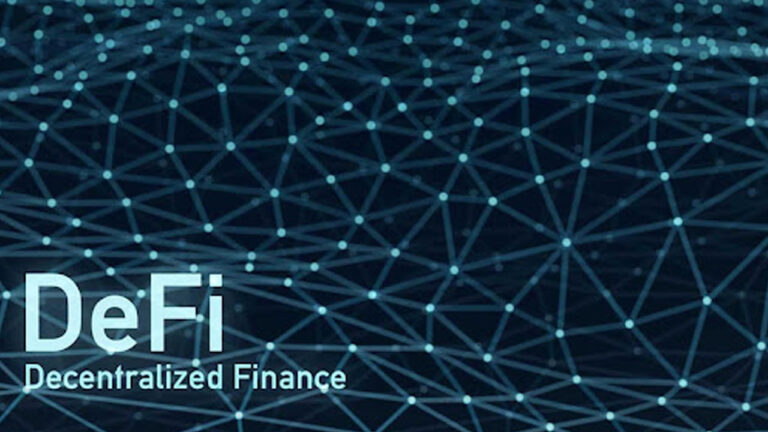How Phishing Simulations Can Transform Your Company’s Security Culture
In the rapidly evolving digital landscape, cybersecurity is not just a technical issue but a crucial business imperative. Phishing attacks, where attackers masquerade as trustworthy entities to extract sensitive information, are increasingly common. These threats underscore the need for a robust security culture within organizations. Building such a culture goes beyond installing firewalls and antivirus software; it involves educating and empowering every employee to act as a vigilant guardian against digital threats.
What Are Phishing Simulations?
Phishing simulations are controlled security exercises designed to emulate real-life phishing attacks. Their primary goal is to educate employees about the subtleties of phishing emails and enhance their ability to identify such threats. Unlike real attacks, these simulations provide a safe environment for employees to learn from their mistakes without risking actual data breaches.
How Do They Work?
In these simulations, employees get fictitious phishing emails. These emails mimic the tactics used by real attackers, such as urgent requests for information or links to malicious websites. The goal is to see how employees react – whether they fall for the bait or report the email as suspicious. The results of these simulations provide valuable insights into the organization’s vulnerabilities and areas where additional training is needed.
The Impact of Phishing Simulations on Security Culture
Building Awareness
Consistent exposure to phishing simulations educates employees about the various forms of phishing attacks, such as spear-phishing, whaling, and vishing. This regular practice helps embed a sense of responsibility and awareness among the workforce, ensuring they remain alert to potential threats.
Enhancing Vigilance
The simulations teach employees to critically examine every email, looking for red flags like unusual sender addresses, grammar mistakes, and suspicious links. This heightened vigilance becomes a habit over time, significantly reducing the likelihood of successful phishing attacks against the company.
Key Components of Effective Phishing Simulations
Realism
The effectiveness of a phishing simulation hinges on its realism. The more convincing the fake phishing attempt, the more employees will learn about the sophistication of real-world attacks. Realistic simulations make it challenging for employees to discern them from actual phishing attempts, providing a more effective learning experience.
Frequency
The frequency of phishing simulations plays a vital role in maintaining and enhancing cybersecurity awareness. However, too many simulations can lead to fatigue, while too few may result in complacency. Finding the right balance is crucial for keeping employees engaged and alert.
Diversity of Scenarios
Diverse scenarios in simulations expose employees to the wide range of tactics used by real-life phishers. From urgent financial requests to fake login alerts, varying the content of these simulations helps prepare employees for any eventuality.
Employee Engagement and Training
Interactive Learning
Post-simulation debriefs and interactive training sessions are essential. They provide opportunities for employees to discuss what they learned, ask questions, and engage with the material in a meaningful way. These sessions can also be used to share best practices and reinforce the correct actions to take when faced with a phishing attempt.
Regular Updates and Training Sessions
The constantly evolving nature of cyber threats necessitates regular updates to the training material. Continuous education ensures that employees are not only aware of the latest phishing techniques but also equipped with the knowledge and skills to counter them effectively.
Measuring the Success of Phishing Simulations
Key performance indicators such as the percentage of clicked links, the number of reported phishing attempts, and the speed of employee response provide quantifiable measures of the simulations’ effectiveness. Tracking these metrics over time allows organizations to assess the impact of their training programs and make informed decisions about future cybersecurity strategies.
Continuous Improvement
The ultimate goal of phishing simulations is to foster a culture of continuous learning and improvement. Regular analysis of simulation results helps identify trends and areas of weakness, allowing organizations to adapt their training programs to meet evolving needs and threats.
Management’s Role in Supporting Phishing Simulations
Leadership and Commitment
Effective phishing simulations require not just the participation but also the active support of management. Leadership commitment to cybersecurity initiatives, demonstrated through resource allocation and policy enforcement, plays a crucial role in the success of these programs.
Resource Allocation
The allocation of adequate resources – including time, budget, and personnel – is necessary for the development, implementation, and maintenance of an effective phishing simulation program. Such investment demonstrates the organization’s commitment to cybersecurity and the value it places on protecting its assets.
Legal and Ethical Considerations
Privacy Concerns
While conducting phishing simulations, organizations must be mindful of privacy concerns. It’s important to ensure that these exercises do not infringe upon employees’ privacy rights or breach any legal regulations.
Ethical Boundaries
Maintaining ethical standards is paramount when conducting phishing simulations. These exercises should be designed to educate and empower, not to trick or unduly stress employees. Maintaining transparency about the nature and purpose of these simulations is key to upholding ethical standards.
Employee Feedback and Involvement
Encouraging Feedback
Soliciting and incorporating employee feedback into the phishing simulation program can significantly enhance its effectiveness. Feedback provides insights into the employees’ perspective, allowing for adjustments that make the simulations more engaging and relevant.
Inclusive Approach
An inclusive approach to developing phishing simulations, where employees have a say in the design and execution of these exercises, can lead to more realistic scenarios. Such involvement also fosters a sense of ownership and responsibility among employees towards the company’s cybersecurity efforts.
Conclusion
Phishing simulations are more than just a cybersecurity exercise; they are a fundamental part of building a strong, resilient security culture within an organization. By continuously training and testing employees, companies can effectively minimize their vulnerability to phishing attacks, transforming every employee into a proactive participant in the company’s cybersecurity defense.


